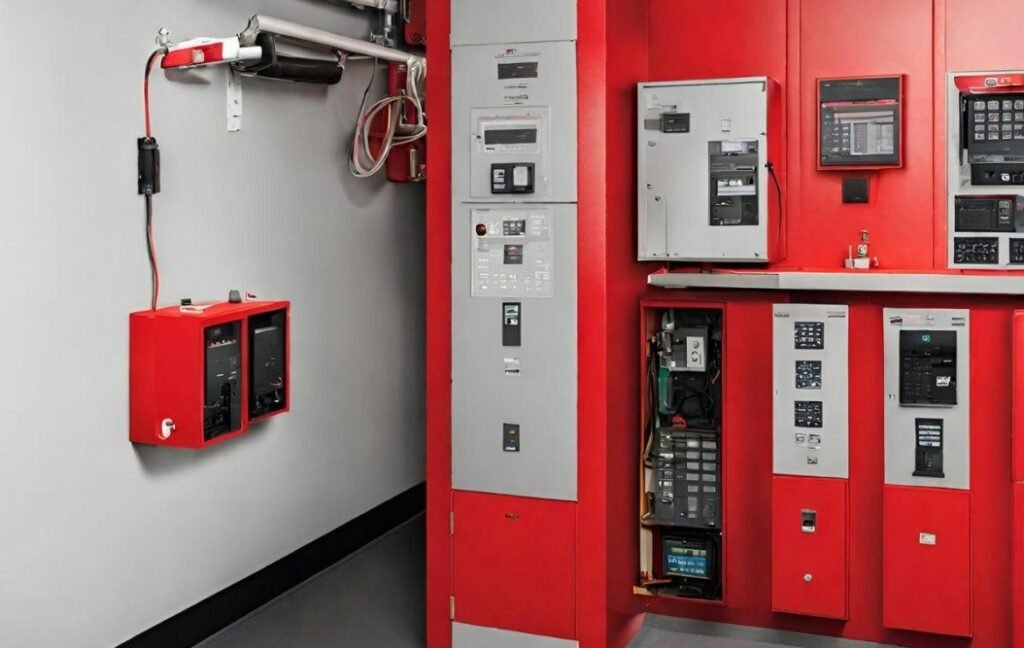Fire Alarm Installation: Ensuring Safety Through Effective Systems

Fire alarms are essential safety devices designed to detect smoke, heat, or flames, providing early warning to occupants and allowing them to evacuate safely. The importance of fire alarm installation cannot be overstated, as it is a critical step in safeguarding lives and property. Understanding the various aspects of fire alarm systems, including their types, installation procedures, and maintenance, is crucial for both homeowners and business owners.
Understanding Fire Alarm Systems
Fire alarm systems can be categorized into two main types: conventional and addressable systems. Conventional fire alarm systems are often used in smaller buildings, where multiple detectors are grouped into zones. When a fire is detected in a specific zone, the system alerts occupants and emergency responders. Addressable systems, on the other hand, offer more advanced features, allowing for precise identification of the exact location of the fire. These systems are ideal for larger buildings, where rapid response times are critical.
In addition to conventional and addressable systems, fire alarms can also be classified based on their power source. Battery-operated fire alarms are ideal for residential settings, while hardwired systems are commonly used in commercial buildings. It’s essential to choose the right type of fire alarm based on the specific needs of the environment.
Importance of Professional Installation
While DIY installation may seem appealing to save costs, professional fire alarm installation is crucial for ensuring the system operates correctly. Fire alarm systems require precise placement and integration with existing infrastructure. A professional installer will conduct a thorough assessment of the property to determine the best locations for smoke detectors and alarms, taking into account factors such as room layout, ceiling height, and potential obstructions.
Additionally, professional installers are knowledgeable about local building codes and regulations regarding fire safety. This expertise ensures that the installation meets all legal requirements, which is essential for insurance purposes. Failure to comply with these codes can lead to penalties and increased liability in the event of a fire.
Maintenance and Testing
Once a fire alarm system is installed, regular maintenance and testing are vital to ensure its reliability. Fire alarms should be tested at least once a month to verify that they are functioning correctly. Homeowners and business owners should also replace the batteries in battery-operated alarms at least once a year. For hardwired systems, it’s essential to have a qualified technician inspect the system annually.
In addition to routine testing, it’s crucial to ensure that all occupants are familiar with the fire alarm system’s operation. Conducting regular fire drills will help everyone understand how to respond when the alarm goes off, ultimately enhancing safety.
Conclusion
Fire alarm installation is a critical component of any fire safety plan. The right fire alarm system can mean the difference between life and death in a fire emergency. By understanding the different types of fire alarms, the importance of professional installation, and the need for regular maintenance, property owners can ensure that their fire alarm systems provide maximum protection.
Investing in a high-quality fire alarm system and its proper installation is not just about compliance; it’s about protecting lives and property from the devastating effects of fire. With the right precautions, awareness, and proactive measures, we can create safer environments for ourselves and our loved ones. Whether for residential or commercial use, prioritize fire alarm installation as an indispensable aspect of safety planning.
Click the button below to find out more!






